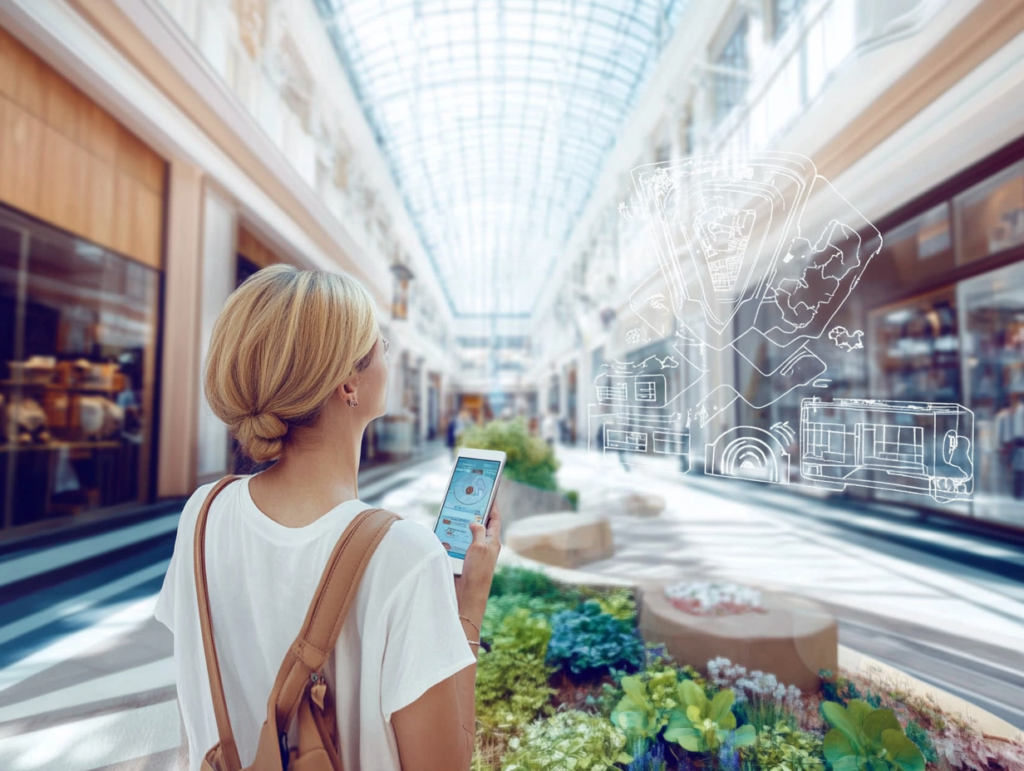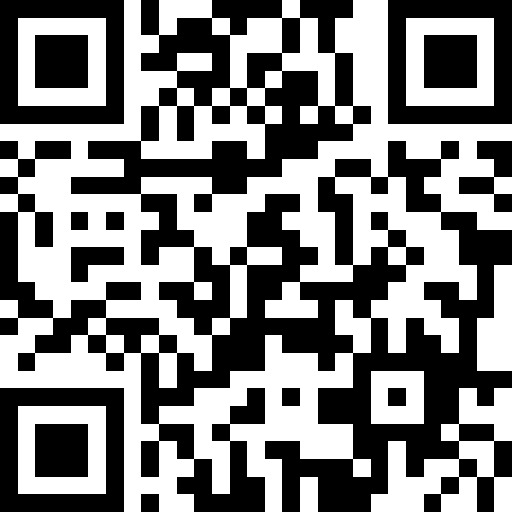As technology rapidly evolves, so does the field of indoor mapping and navigation. There are several innovative trends expected to shape the future for large retail spaces like shopping malls and airports. These advancements aim to enhance in-person and digital user experiences. Along with improving customer success, digital indoor mapping solutions offer operational efficiency and personalization.
Put the future of indoor mapping into your customer’s hands with these upcoming navigation trends and innovations.
AI-Driven Mapping
Artificial intelligence, or AI, is quickly becoming an easy way to solve problems and get answers. When it comes to the future of indoor mapping, you can prepare for optimized routes with dynamic pathfinding. AI could also use real-time data, like foot traffic congestion and store popularity to suggest personalized routes or in-store promotions.
Predictive behavior is another way AI could change the indoor mapping game. Based on a user’s previous searches and visits to the area, shoppers could get suggested routes and stops tailored to individual habits.
AI-powered personal assistants are already making their way into new cell phone and tablet releases. Integrated with digital indoor maps, expect AI to offer hands-free voice-guided navigation and personalized recommendations based on past behaviors, preferences, and search history.
Augmented Reality Navigation
Augmented reality is not a new concept, but new technology is allowing AR to become more interactive and accessible, combining real-world and digital renderings for a futuristic experience.
AR overlays can provide turn-by-turn visual directions on smartphones, providing an extra layer of visual guidance for people navigating large retail complexes.
You can also expect to start seeing more and more interactive experiences with the future of indoor mapping. Imagine utilizing AR to showcase promotions, events, or event product details as users follow their route. Or how about using AR to simulate the experience of physical spaces, stores, and kiosks so that customers can know what to expect before even stepping foot on the property.
Ultra-Wideband Technology
Ultra-wideband technology (UWB) is pushing boundaries when it comes to location based services. UWB pushes high-bandwidth across short ranges and uses low energy levels. This centimeter-level accuracy for indoor positioning makes it superior for mapping solutions.
The wide use of Wi-Fi Round Trip Time, Bluetooth beacons, and smart sensors pick up large amounts of data, improving navigational efficiency for retail customers and analytics for facility managers and developers. Wi-Fi RTT provides accurate positioning by measuring the time for signals to travel between devices, while beacons and sensors use precise location data and integrate with lighting, HVAC, and security systems to offer real-time adjustments based on user flow.
This crowdsourced data, along with community engagement, allows users to contribute to map accuracy and updates while enhancing the reliability and depth of mapping data.
Gamification and Engagement Features
Reward systems and loyalty programs are a proven way to get clients and keep them returning. When it comes to indoor digital mapping, you can expect to see more engaging features to keep customers on the apps. Games like scavenger hunts or surveys offering discounts or points encourages exploration of both the indoor digital mapping solution and the physical space. Fun, location-based challenges drive user engagement and are memorable.
Keep customers engaged with dynamic store updates and real-time notifications about sales, wait times, and restocked items. Live-traffic data picked up from smart infrastructure like beacons and smart sensors can push alerts about crowded areas, recently closed sections, or even real-time updates on safety protocols and emergency routes.
Accessible Enhancements
With technology improving year over year, expect multi-floor navigation to become more seamless and accessible for people with mobility management.
Vertical positioning is a new technology that integrates barometric sensors and 3D mapping to show routes across floors in multi-level retail spaces. Elevators and escalators are also being enhanced with new smart technology that could sync up with digital indoor mapss and guide users directly to vertical transportation instead of traditional stairs.
Allow users to personalize and optimize their indoor maps based on their accessibility needs. Tailor navigation for mobility-impaired users by including wheelchair-friendly routes or provide detailed voice navigation for people hard of seeing. Accessible innovations, like Lazarillo, are already available to integrate with indoor mapping solutions like MapVX.
Seamless App Integration
Digital indoor mapping apps already have the ability to integrate with pre-existing infrastructure systems for businesses and properties, but what if you could have seamless integration with external services? The future of indoor mapping could even take you outside, connecting you with ride-share or public transportation apps for a smooth route in and out of shopping centers. This allows customers to discover your property and stores before they even arrive.
Digital payment systems could also be integrated with indoor mapping solutions. You can already check out of stores with a tap of your phone or wave of your palm, so why not also guide users directly to cashless kiosks or stores with preferred payment options.
While technological advancements make life easier for everyone, they can come with risks. Protect the privacy of your customers and businesses with anonymous tracking and opt-in features to ensure users feel secure while navigating. These indoor mapping innovations, when implemented thoughtfully, can transform the way customers interact with your retail spaces. The future of indoor mapping is creating more personalized, efficient, and engaging experiences for users while also helping you improve operational efficiency.






